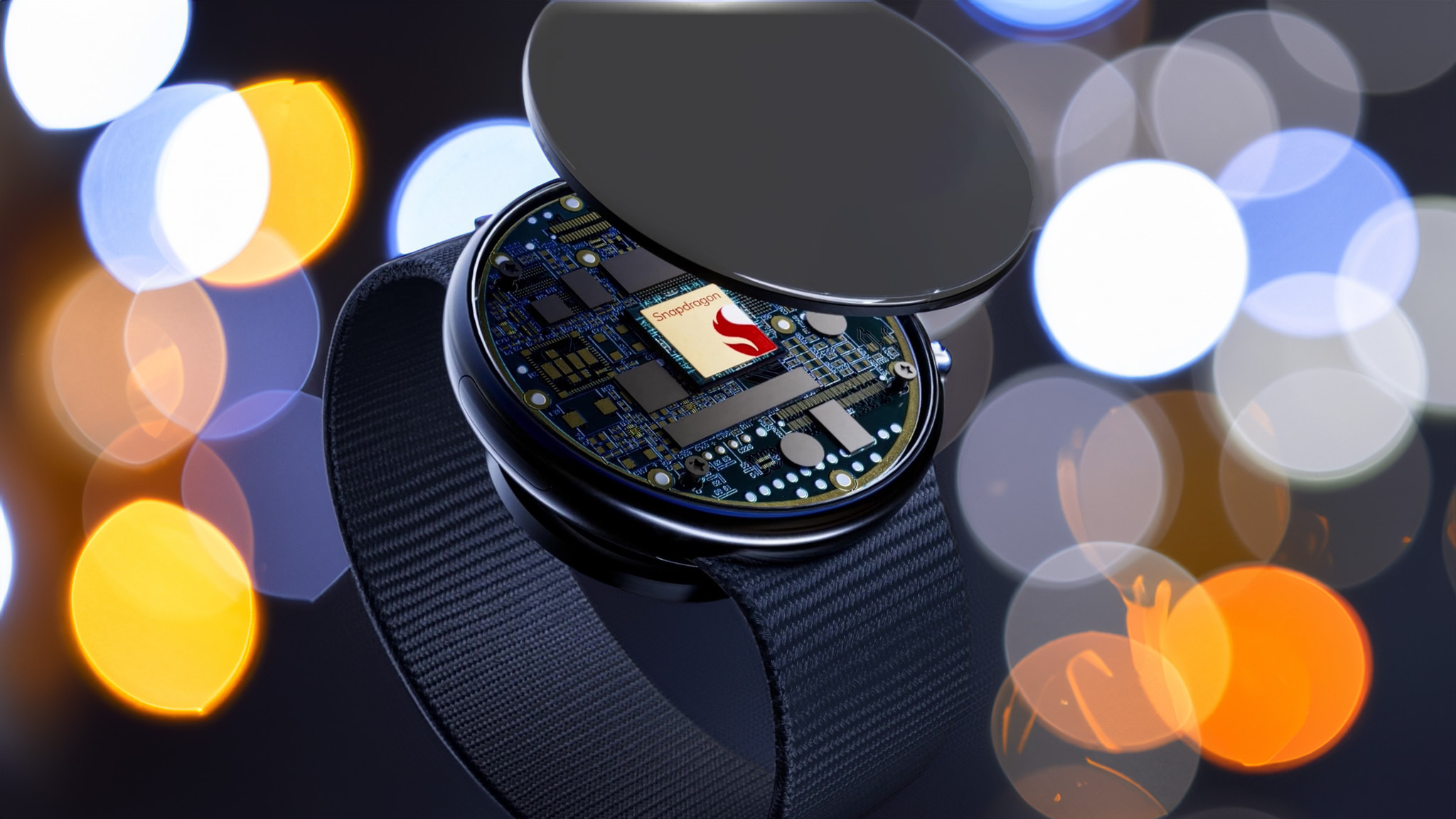
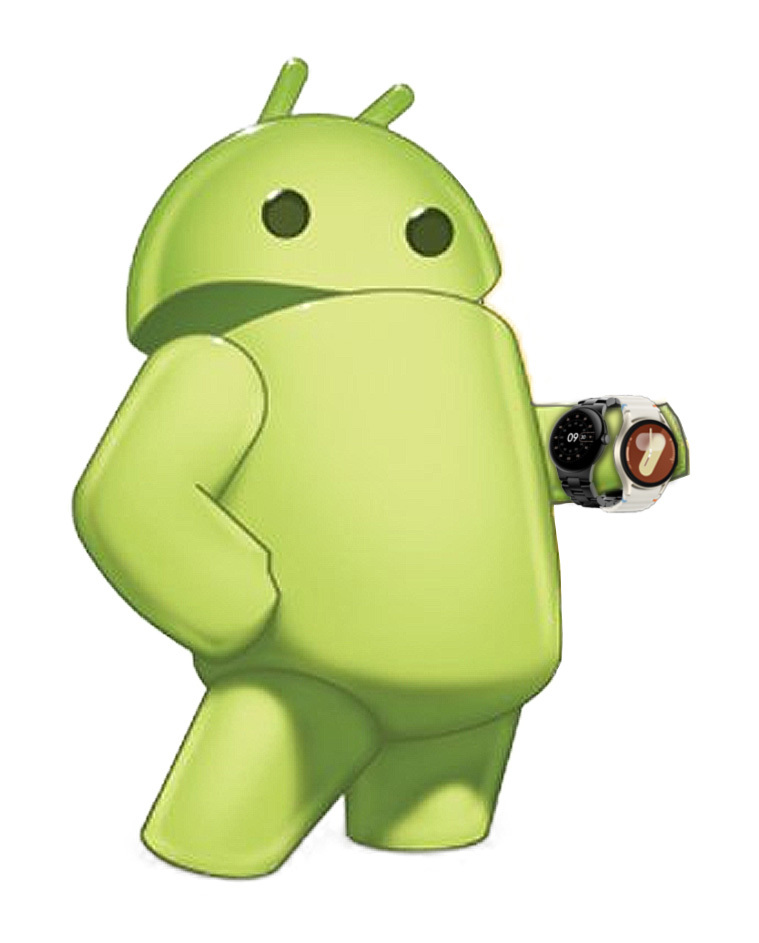
This new weekly column focuses on the state of Wear OS, from new developments and updates to the latest apps and features we want to highlight.
Qualcomm didn't announce a new wearable SoC at Snapdragon Summit 2024, but I had the chance to speak with Dino Bekis, VP & GM of Wearables at Qualcomm, about what to expect from upcoming Wear OS hardware. He hinted at a new Snapdragon Wear SoC announcement "next year," teasing a more "feature-focused" and "AI-driven" chip than before.
In the smartwatch world, we've grown accustomed to SoC stagnation. We'll see dozens of new smartphone or tablet chipsets per year, while smartwatch brands release one watch after another with the same processor — right now, the Snapdragon W5 Gen 1 released in 2022 — for lack of options. Unless you're Samsung, which can make its own Exynos hardware, you work with what you have.
In 2023, Qualcomm and Google announced that they're co-developing an open-source RISC-V Snapdragon Wear platform that moves away from Arm cores for more efficient, custom-built CPUs. It sounded promising, but a year later, Qualcomm spent its Summit focused on its Snapdragon 8 Elite with custom Oryon cores, barely mentioning wearables.
When I first spoke to Bekis casually during a Snapdragon Summit dinner, I mentioned that I was disappointed by the lack of Wear hardware; that's where he first hinted about a 2025 Snapdragon Wear chip.
So I arranged a more formal interview to get any more details he could share on the Snapdragon W5 Gen 2 (or whatever Qualcomm calls it), the infrequency of watch chips, and what to expect from future Snapdragon-powered smartwatches.
Why custom RISC-V (or Oryon) is the future of Wear OS watches
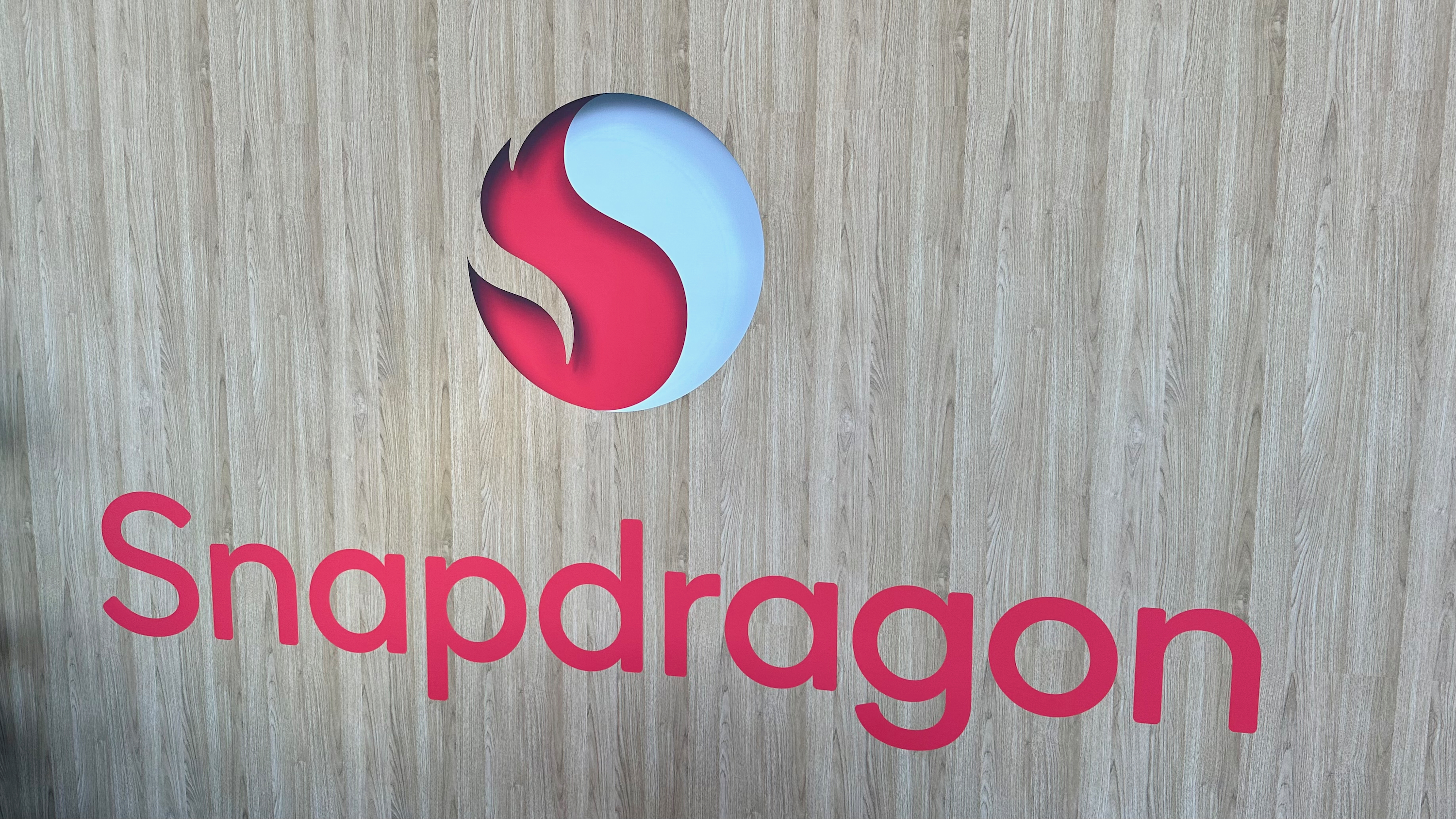
Up until now, smartwatches using Arm cores have had the challenge of scaling up to smartphone-level functions on a battery that's an order of magnitude smaller, Bekis says. Now they're "considering something new" — which isn't a surprise, given the current Qualcomm-Arm legal fight.
Google, Qualcomm, and other partners envisioned RISC-V as a way to make custom, open-source CPUs with low power requirements and high performance. A year later, Bekis emphasized that "hardware is one thing" but that it's another thing to port current Wear OS software and apps to run natively on new silicon. Qualcomm and Google are "working on it" right now, and I'm assuming 2025 is the target to have RISC-V software optimized.
I asked Bekis what the difference is between RISC-V and Qualcomm Oryon in terms of possible custom silicon solutions for wearables. He once again brought up scalability, explaining that Qualcomm's typical workflow meant that they would focus first on high-power PCs (Snapdragon X Elite), then scale down to mobile (Snapdragon 8 Elite) before trying to scale the power demands down again to the challenging wearable level.
He certainly didn't rule out the idea that a future Snapdragon W5 chip could use Oryon cores, but he also said Oryon wouldn't necessarily be "better" than RISC-V. Their objective is to aim for "a week's worth of battery life" on Wear OS, he said, and determine which hardware option can deliver it. Whether that's a Snapdragon W5 Elite or an open-source solution, it doesn't matter to Bekis.
Qualcomm may have developed RISC-V and wearable Oryon cores simultaneously, but my educated guess is that the latter will take longer to materialize, as they fulfill their current partnership with Google first and foremost.
Why smartwatch chipsets are so infrequent
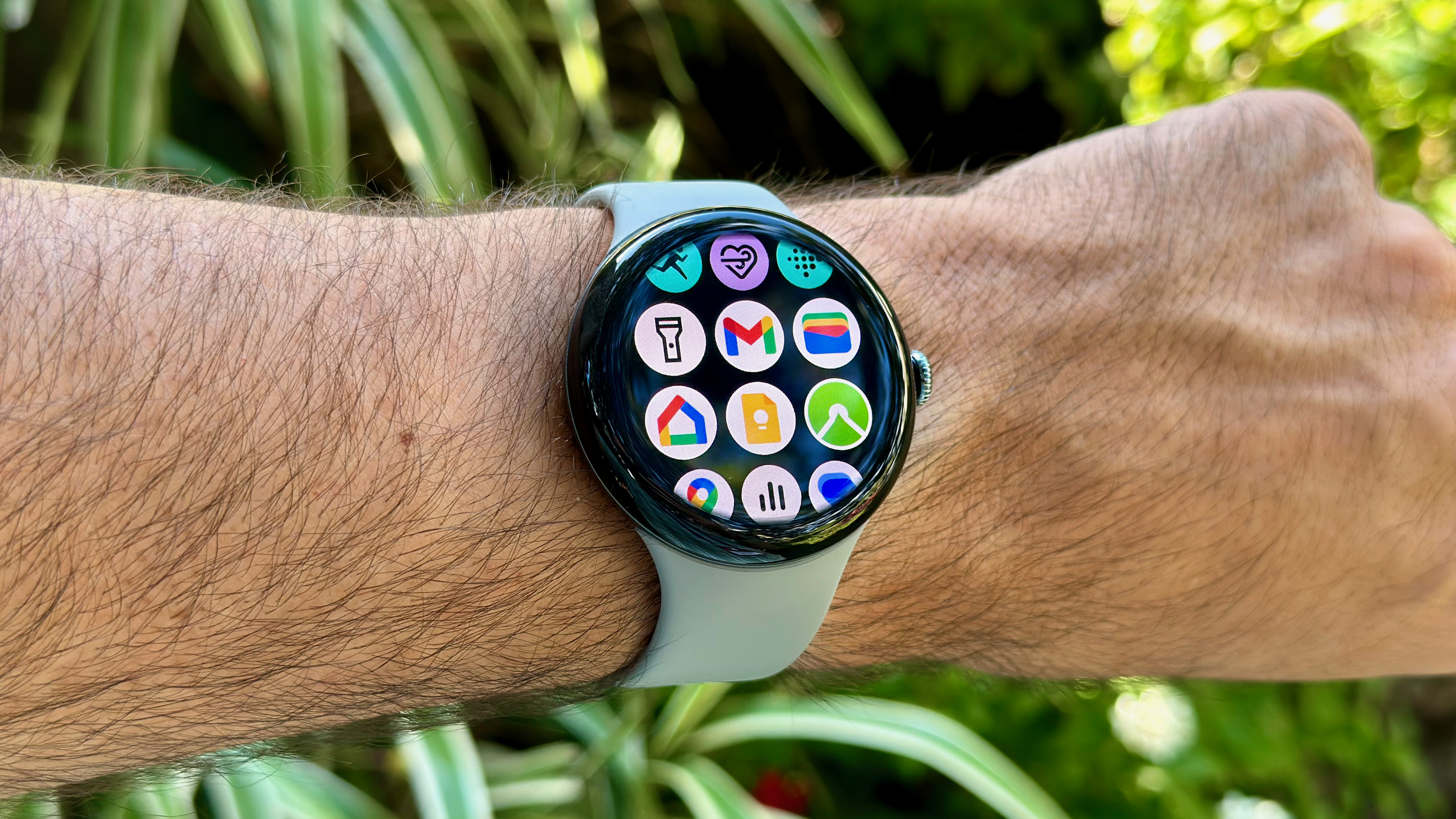
I asked the Qualcomm VP why we don't see a wider array of smartwatch chipsets. Premium watches like the Galaxy Watch Ultra can only differentiate on design because there aren't higher-end SoCs available, for instance. And we don't see competitors like MediaTek trying to enter the wearable fray.
Bekis brought up again the phone-like requirements smartwatches have: even though the display is small, they require robust GPU, power islands for always-on functions, and hardware offloads. That tricky balance and the limited number of clients making Wear OS-level watches disincentivize other companies from entering the fray.
As for Qualcomm's own strategy, he says that the demand for a new chip from smartwatch makers is "every two to three years." According to him, they don't want a new chip every year. Presumably, each hardware change would require a watch redesign and plenty of R&D, more than you'd need for a smartphone with an easier power and heat balance.
Instead, OEMs want a platform that can "scale for multiple years" with annual software updates. That explains the gap since the 2022 Snapdragon W5 Plus Gen 1, since for Qualcomm, the "frequency of hardware is about what the investment profile can tolerate."
If the Pixel Watch 3 can add new software tricks and have solid performance with two-year-old tech, then Qualcomm doesn't need to spend money on a new chip Google hasn't asked for yet.
I do wish there was the equivalent of a flagship chipset for top-tier watches like the Ultra, but Android watches aren't like Android phones; finding the power for extra performance would probably cause too many problems to be worth it.
How next-gen wearable platforms will innovate
I asked Bekis what he meant by a "more feature-focused" Wear chipset. He explained that the goal is to make a wearable more like a PC.
Bekis explained that your computer is a flexible compute-based platform with enough "headroom" to run whatever app you want for years. That's the goal with wearable SoCs, too: to make a "dynamic, flexible platform that OEMs can innovate on" with "more on-device AI capability" and "more compute capability," all while reducing power consumption.
Put more simply, it's about giving OEMs more of a threshold to experiment with different features so that they're not all so homogenous in what they offer, and annual updates won't be so hard to implement.
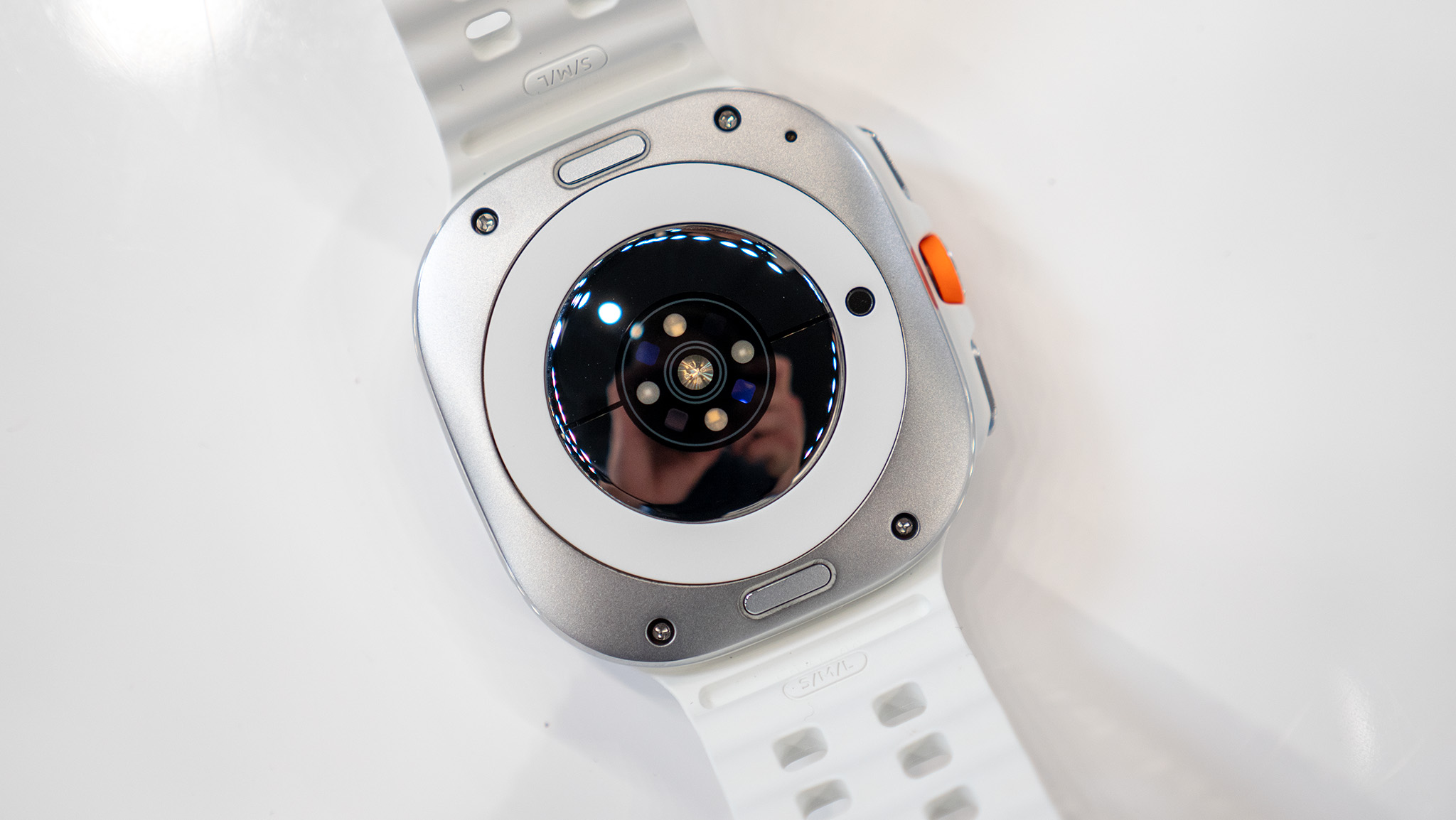
What could the Snapdragon W5 Gen 2 do with this headroom? Bekis talked a lot about AI functionality. The belief across the company is that they'll soon be able to shrink an LLM to fit on low-power devices like smartwatches and smart glasses, trained with about 1–3 billion parameters.
With this upgrade, your watch would be able to support natural language processing without being dependent on your phone or the cloud, even if the results aren't as accurate with fewer parameters. AI-enhanced understanding of your commands would make the results more useful for pulling relevant data; Bekis also mentioned the potential for applications like live-translating speech from your wrist.
He argued that enhanced AI on Wear OS will have an additional benefit for health analysis and privacy. He gave the example that watches rely on sending your private data to the cloud to analyze it and send you useful insights; if your watch had proper edge computing for health data, it would be more private and would give you faster analysis of any potential problems.
Qualcomm and Masimo recently partnered up to develop a health-focused reference device for smartwatch OEMs. In that announcement, Bekis claimed this device would "broaden the range of smartwatch choices for consumers" by giving OEMs "robust, production-ready designs."
In our interview, he repeated his belief that Masimo would bring "clinical" accuracy to Wear OS watches in the future and that OEMs like Google, which previously developed their own sensors, would gladly borrow Masimo's expertise in areas like the HR algorithm, sensor placement, and proper electrical flow.







